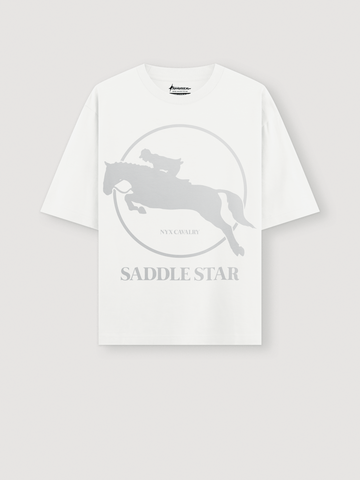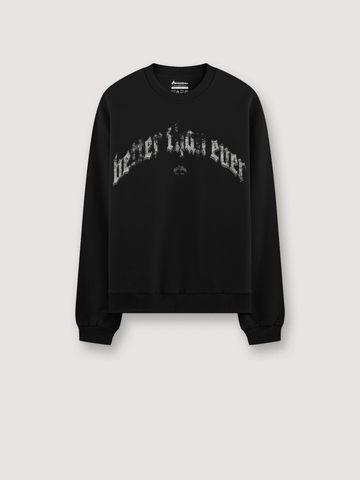The future of Indian streetwear isn’t just oversized fits and graphic prints—it’s in the fabric.
As homegrown labels rise, they’re digging deeper into textile roots, sustainable processes, and fabric storytelling, creating fashion that feels personal, cultural, and forward-thinking.
India's Fabric-First Revolution in Streetwear
- 70% of Indian streetwear brands launched post-2020 now use locally sourced or upcycled fabrics.
- Organic cotton and khadi are making a comeback—reimagined for Gen Z fits like cargo sets, workwear jackets, and relaxed co-ords.
- Recycled fabric use in streetwear has grown by 110% in the last two years among indie labels.
Traditional Textiles Meet Street Culture
Some of India’s freshest streetwear brands are exploring handloom and indigenous fabrics as a way to stand out while staying rooted:
- Prxkhxr uses ikat, block prints, and regional slogans to infuse identity into every piece.
- No Nasties focuses on 100% organic cotton, creating timeless streetwear silhouettes with zero plastic.
- Almost Gods plays with silk blends and embroidered denim, combining Indian craftsmanship with Western structure.
“Our goal is to make handwoven khadi feel as cool as a varsity jacket.” — Streetwear Designer, Delhi-based brand
Sustainable Streetwear: Not Just a Buzzword
Indian streetwear is taking sustainability seriously. It’s not just about being ‘eco-friendly’—it’s about using fabric as a statement.
|
S.no |
Fabric Used |
Streetwear Use Case |
Brands Leading the Way |
|
1. |
Organic Cotton |
Oversized tees, co-ord sets |
Doodlage, No Nasties |
|
2. |
Recycled Denim |
Patchwork jackets, baggy jeans |
Biskit, Huemn |
|
3. |
Khadi |
Street kurta-hoodies, loose trousers |
Prxkhxr, Local Parade |
|
4. |
Tencel/Lyocell |
Breathable relaxed-fit shirts |
Warp, Maatika |
Trends to Watch in 2025
- Fabric Mashups: Denim + khadi, silk linings in street jackets, etc.
- Textile Storytelling: Labels including QR codes on tags to show the origin of fabric and artisan background.
- Zero-Waste Drops: Limited collections made entirely from leftover cuts and rejected rolls.
Why It Matters?
As Gen Z seeks authenticity and ethics, fashion is shifting from “What are you wearing?” to “Where does it come from?”. Fabric is no longer just function—it’s culture, climate activism, and identity stitched together. India has a rich textile history. Now, it’s becoming a streetwear future.
Stay ahead of the curve and keep watching this space (and Nyx Dyllon) for stories from the frontlines of India’s fashion rebellion.
















